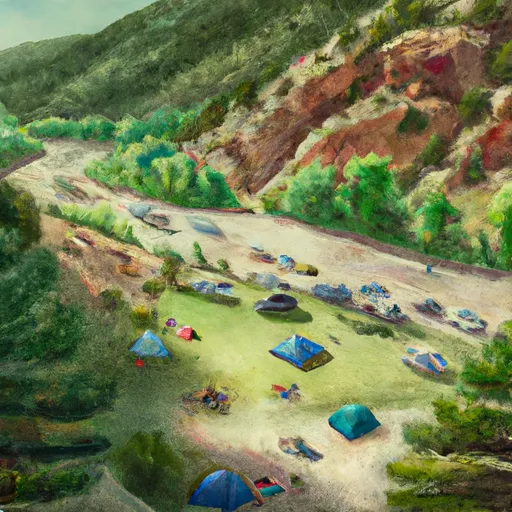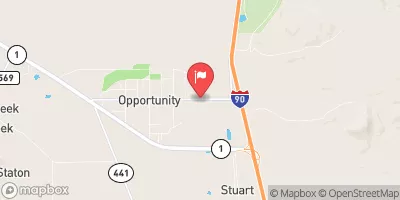Summary
The area is known for its rich aquatic fauna and abundant fish species, including rainbow trout, brown trout, cutthroat trout, and mountain whitefish.
Apart from fishing, visitors can also enjoy a variety of outdoor activities, including hiking, bird watching, and wildlife viewing. There are also picnic areas and plenty of space for relaxation and family outings.
To catch fish in Eagles Nest Day Use Area, it is recommended to use flies, spinners, and bait. The best time to fish in this area is during the spring and fall seasons when the water temperature is cooler.
The average temperature during springtime (March to May) ranges from 40°F to 60°F, while the fall season (September to November) has an average temperature of 35°F to 55°F.
For the best fishing experience, visitors are advised to check the weather and water conditions before heading out. It is also important to obtain a fishing license and adhere to the state's fishing regulations.
Overall, Eagles Nest Day Use Area is a great destination for avid anglers and outdoor enthusiasts looking for a peaceful and scenic location to spend their time.
Weather Forecast
Nearby Streamflow Levels
Angling Safety Guidelines
Check local fishing rules, seasons, size limits, and license requirements to ensure legal and sustainable angling.
Handle Fish Responsibly
Use wet hands, minimize air exposure, and release fish gently to improve survival rates when practicing catch-and-release.
Choose the Right Gear
Match your rod, line, and tackle to the species and conditions to increase success and reduce unnecessary harm to fish.
Respect the Waterway
Avoid disturbing habitat, prevent bank erosion, and keep a safe distance from spawning areas to protect ecosystems.
Keep It Clean
Pack out all line, hooks, bait containers, and trash—discarded gear can injure wildlife and degrade waterways.
Related Links
Area Campgrounds
| Location | Reservations | Toilets |
|---|---|---|
 Basin Canyon Campground and Picnic Area
Basin Canyon Campground and Picnic Area
|
||
 The Lunch Room
The Lunch Room
|
||
 Toll Mtn Campground
Toll Mtn Campground
|
||
 Toll Mountain
Toll Mountain
|
||
 Toll Mountain Campground
Toll Mountain Campground
|
||
 Pigeon Creek
Pigeon Creek
|







 Basin Creek Dam #1
Basin Creek Dam #1